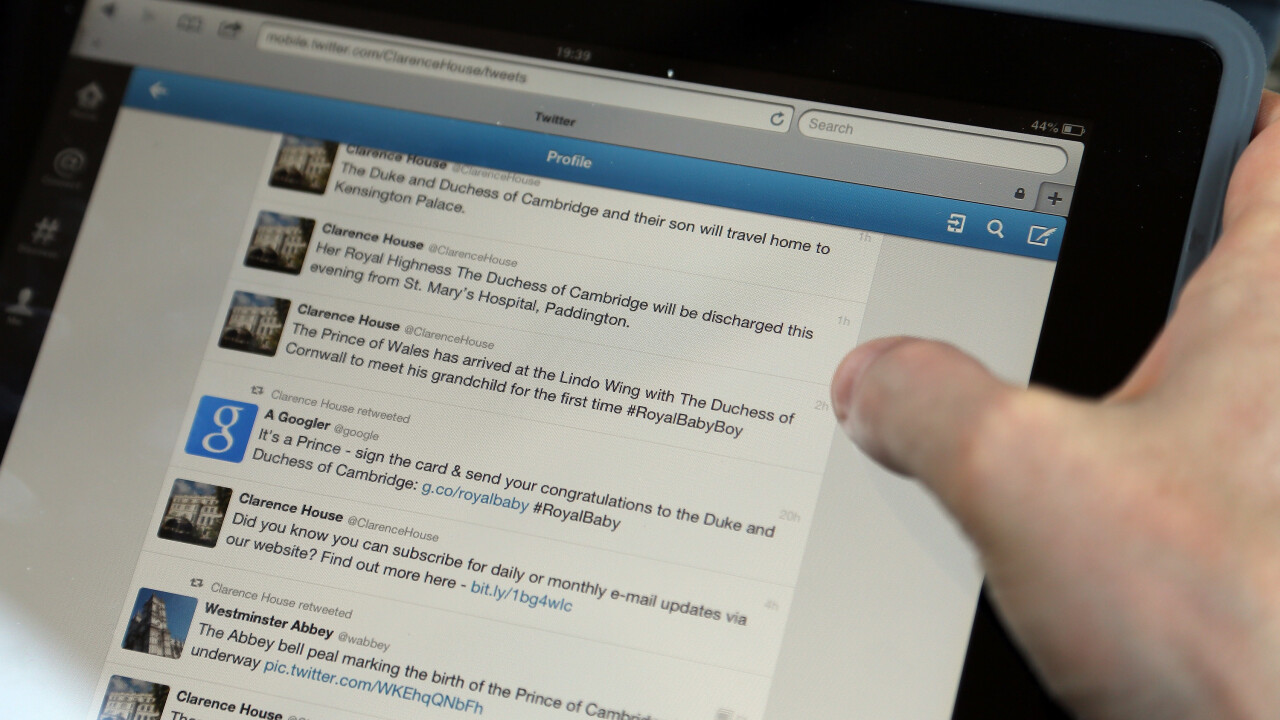
Twitter users are finding themselves dealing with a new, but ambiguous onslaught from spammers. But instead of directly getting your attention with a mention or a direct message, they’re hoping to entice you by adding you to lists. This isn’t a new tactic being utilized by those with malicious intent — it’s been happening for years.
However, it appears that these spammers are getting more sophisticated in their targeting and messaging, and users should beware.
In its early days, Twitter was almost like the Wild Wild West where there was no real way for users to put an end to constant harassment from spammer accounts. If you were one of the unlucky ones, if you received a tweet from a spam profile and clicked on the link, either by a mention or direct message, it could potentially expose you to a phishing scam or ask you to download malware — either way, it certainly wasn’t good.
Twitter finally came up with a solution that would allow users to help put a subdued halt to the spam epidemic when it released its “Report as spam” button. It seemed that the service may have minimized the impact spammer had on users — at least until it decided to increase the limits on how many lists could be created and how many people could be assigned to each one. Now, with it firmly on people’s minds, a new wave is targeting Twitter’s 200 million users.
Lists may be the weapon of choice by spammers to get to unfortunate individuals because it’s possible to go undetected. People don’t necessarily check what lists they’re on, so while you’re not doing anything about that list, the spammer is free to add other unsuspecting users to another list and hopefully bait them into clicking and getting what they want. When was the last time you checked to see what lists you were on? Exactly. But if you got a @mention from a spammer, you might be more inclined to take action simply because it’s front and center — almost like it’s attacking you.
It’s probably safe to say that Twitter is doing anything about this — it probably is. As spammers become more advanced, so too must the defenses that the service offers. As it approaches an eventual public offering, will some investors wonder about what the company is doing to protect the integrity of its service?
However, the best defense you can have is to not click on any link you might receive from an unknown source, double-check to ensure that the right apps and services have authorization to use your information, and to report any unknown or strange accounts to Twitter for removal.
Photo credit: Matt Cardy/Getty Images
Get the TNW newsletter
Get the most important tech news in your inbox each week.







